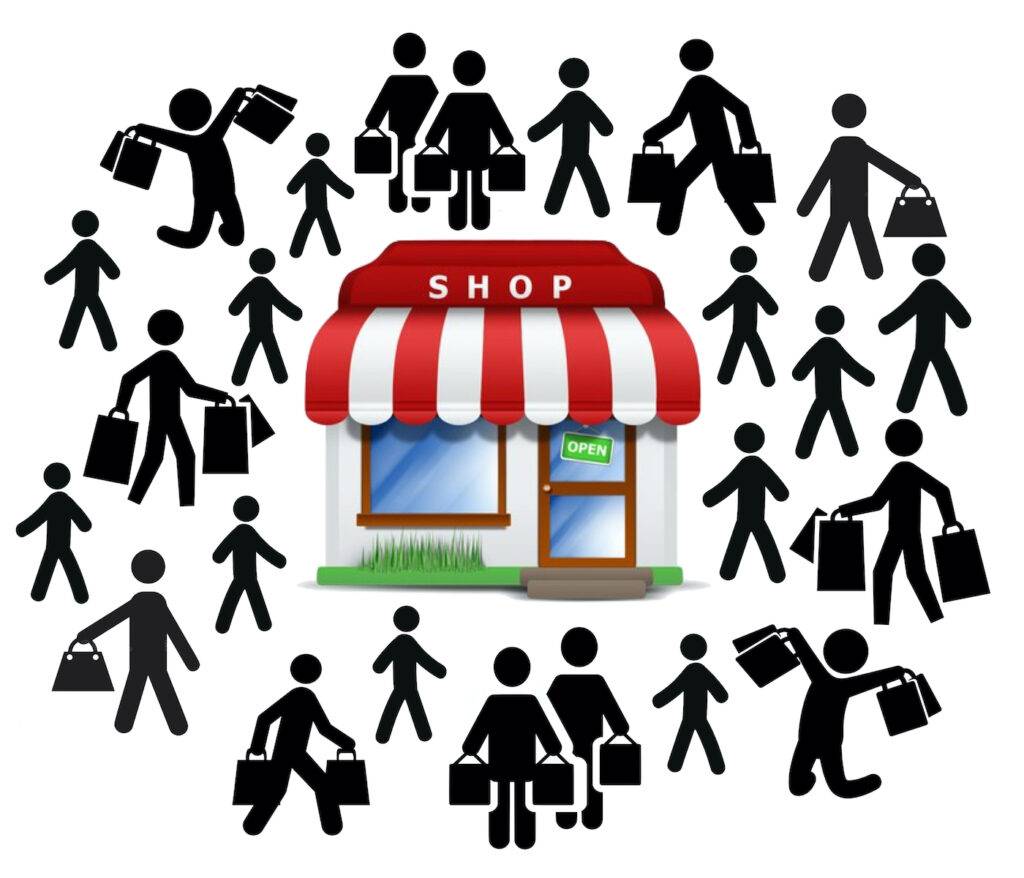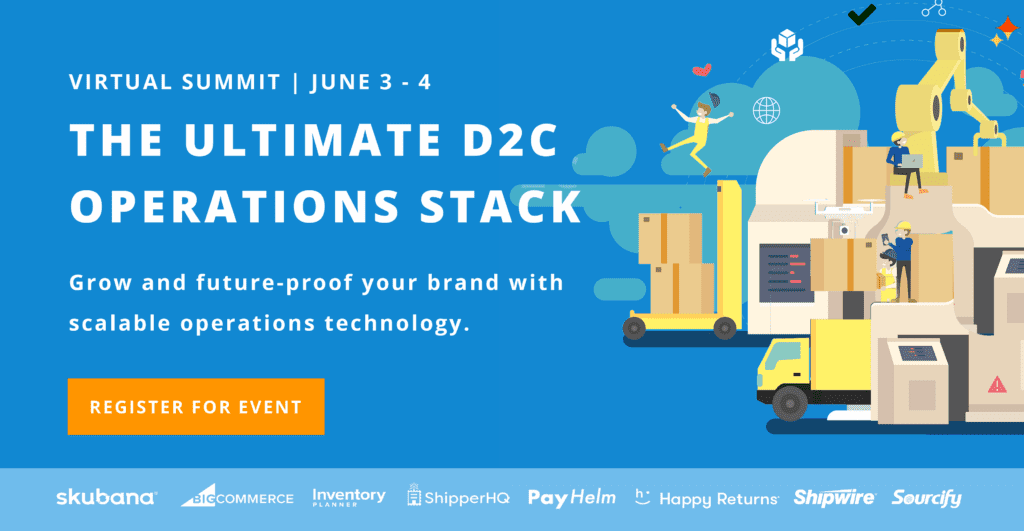Why Repeat Customers Are the Lifeblood of Your Ecommerce Business (And How to Woo Them)

Smart retailers both online and off value one kind of customer above all others: repeat buyers. Why? Because the most profitable customers are those you already have, so it pays to keep them coming back.
The average ecommerce storeowner spends more than 80% of their marketing budget on customer acquisition. Yet an Adobe Digital Index study that analyzed data from 33 billion visits to 180 retail websites showed that more than 40% of the total revenue generated came from only 8% of the sites’ visitors: namely, returning customers (those who bought once before) and repeat buyers (those who made at least 2 previous purchases).
In fact, 61% of small and medium-size businesses report that more than 50% of their revenue comes from repeat customers. During economic slowdowns and the holiday season, returning and repeat purchasers account for even more revenue
It’s less expensive to retain customers than it is to acquire them. It takes 5-7 new shoppers to bring in the same amount of revenue as a single repeat buyer. In addition, it costs 5 times as much to acquire a new customer than it does to keep an existing one. Furthermore, it costs 16 times as much to bring a new customer up to the spending level of repeat purchasers.
It’s also easier to sell to repeat buyers: Whereas the average conversion rate for ecommerce businesses is 1%-3%, a repeat customer has a 60%-70% chance of converting. According to Adobe, repeat buyers are 9 times more likely to convert than a first-time shopper. This especially comes in handy when you’re introducing new products.
Repeat purchasers tend to spend more the longer they stay with you, too. A study by Bain & Co. shows that in the apparel category, a shopper’s 5th purchase was 40% larger than their first purchase, while their 10th purchase was 80% larger.
But the payoff from repeat buyers doesn’t stop there. Repeat purchasers double as your best brand advocates, telling an average of 4-6 other people (50% more than one-time buyers) about their experience with you. That’s the kind of advertising money can’t buy!
Multiplied by social media, word of mouth from happy customers adds up to a whole lot of free marketing. It works, too: More than 90% of consumers trust and buy from a brand recommended by friends or family. In addition, 43% are more likely to purchase a new product after learning about it via social media.
But here’s the best news of all: A mere 2% increase in customer retention is the equivalent of cutting costs by 10%, while increasing customer retention by just 5% boosts the average company’s profitability by a staggering 75%.
So how difficult is it to get a customer to come back and shop with you again? After his or her initial purchase, there’s a 27% chance of that shopper returning. But if you can get them to come back for a second purchase, the odds of them returning again jump to 45%. After a third purchase, there’s a 54% chance that they’ll continue coming back.
But you don’t have to rely on chance. There are a number of proven strategies for enticing customers to shop with you again and again. And this being the 21st century, there’s an app for that. Smile.io specializes in loyalty programs for small businesses. Their goal is to help you build your repeat customer base into an engaged community, which in turn will enable you to grow your business.
An effective loyalty program helps you to establish and maintain an emotional relationship with every member of your community. It’s not just about discounts; simply offering the customer a discount on their next order may bring them back, but then they’ll expect a discount every time and/or wait until they receive one to make another purchase. Either way, it’s a downward spiral.
Nowadays, a well-designed loyalty program motivates valuable customer actions and increases engagement. It also creates an effective switching barrier: Your customers will be less likely to jump ship to a competitor if future rewards from you are in store for them!
You can reward customers for all kinds of activities in addition to purchases:
- Account creation
- Social media follows or shares
- Birthdays
- Referrals and reviews
- Anything else you can think of
Smile.io integrates with BigCommerce, Shopify, Shopify Plus, and Wix, empowering you to create a customized loyalty program especially tailored to your ecommerce business via Points, VIP recognition, Referrals, and more. Their Resource Center features a reference library of ebooks — including industry-specific how-to guides — to help you get started. Finally, Smile-io also offers one-click integration with an impressive array of related tools.
So follow the smart money: Stop spending most of your marketing budget on customer acquisition, and start focusing instead on customer retention. Your bottom line will thank you!















